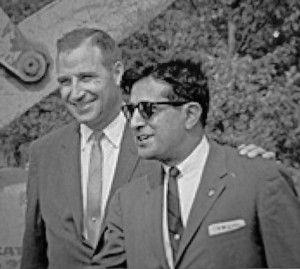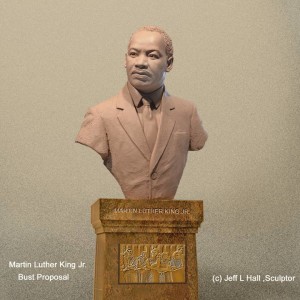The measure of a hero is found among the doings in a day to day life, when the exceptional act or word appears more regularly, so that it becomes “expected,” and reveals the character of a person as “a hero.”
Stanley Caulkins was such a person.
Stanley was a World War II B-17 radio operator, an airman, and his love of flight and aircraft, discovered in the armed forces, carried over into his private life back home in Loudoun County, where he became a moving force in organizing the Leesburg Airport Commission in 1962.
Stanley was at the groundbreaking for the first local airport in 1963 with former Leesburg Mayor Frank Raflo, an effort made largely possible by the then famed entertainer, Arthur Godfrey, who lived in the area, and preferred to fly to NY to air his show.
Stanley was in the thick of it again at the celebration of a second airport, the one off Sycolin Road.
After the war, Stanley learned watchmaking and, by fits and starts, established his own jewelry store on King Street. He worked in that shop for 60 years until a fire forced him to close in 2015. Continue reading


